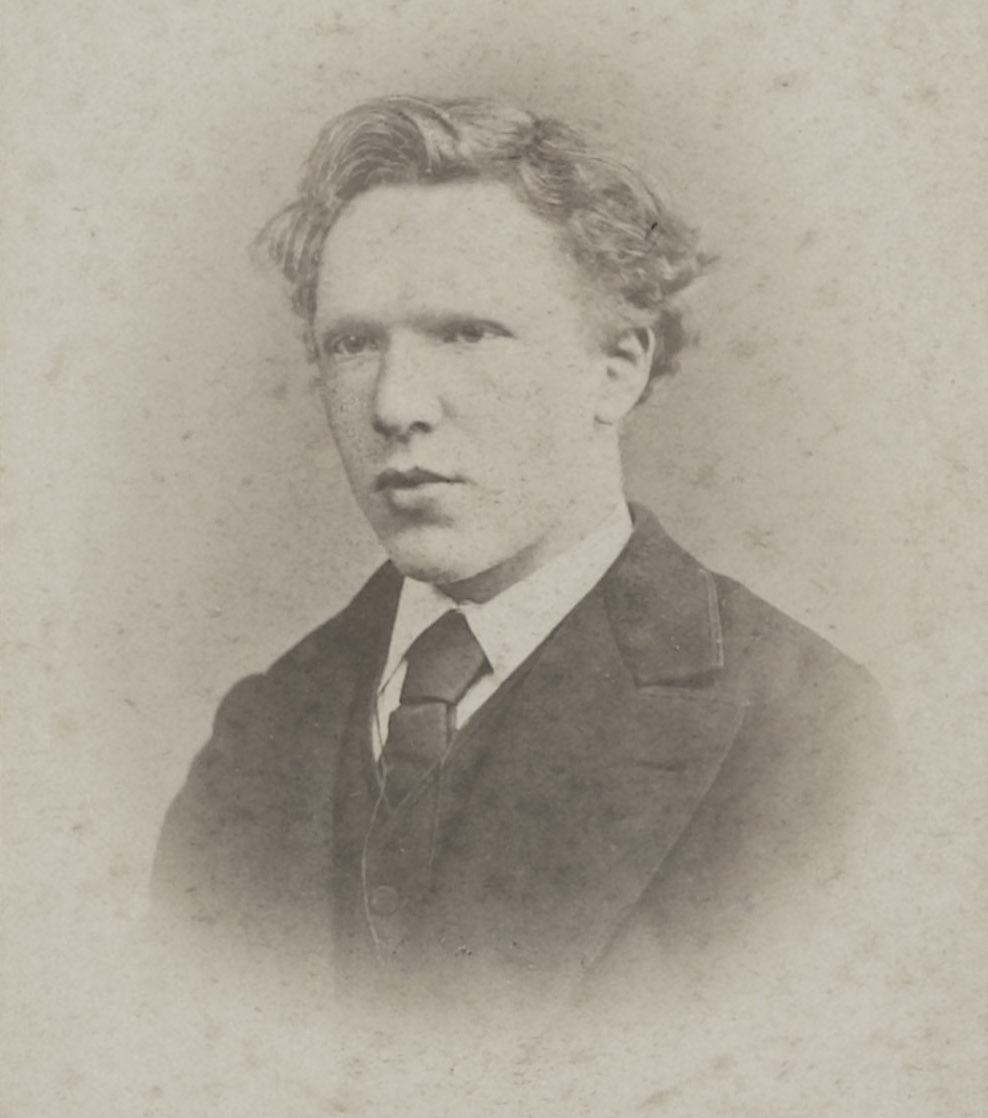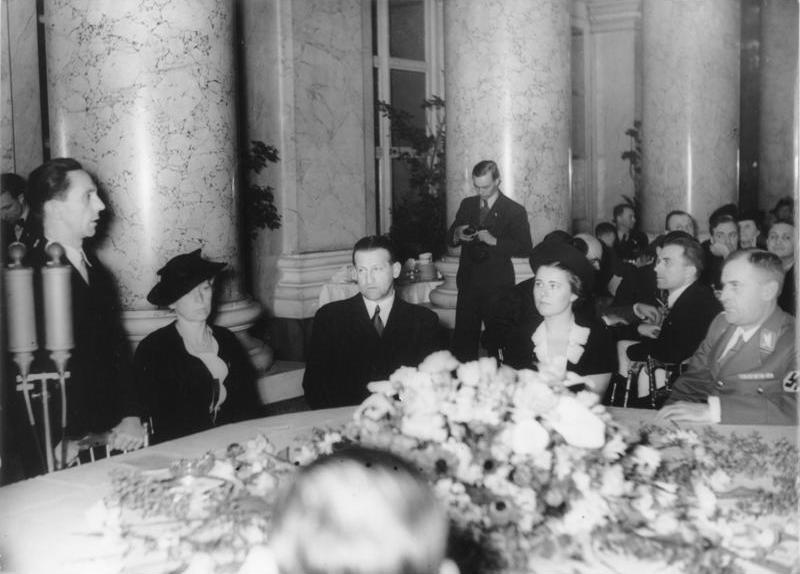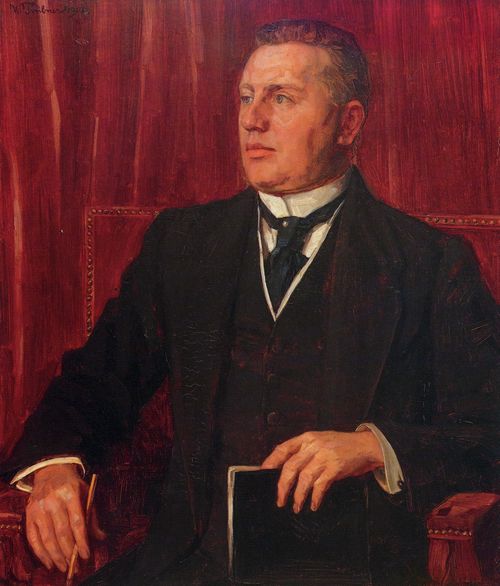|
Art Looting Investigation Unit
The Art Looting Investigation Unit (ALIU) was a special intelligence unit during World War II whose mission was to gather information and write reports about Nazi art looting networks. Composed of only a few handpicked men, the small unit conducted interrogations and investigations in Europe starting in 1944 and focusing mainly on Germany, France, the Netherlands, Switzerland, Italy, Spain and Portugal. Their mission was different from but related to that of the Monuments Men. After the war, the reports the ALIU wrote were marked secret and forgotten for many years until the late 1990s when they began to be declassified . The reports remain an important source for research into the history of the origin of works of art (provenance research) and for the restitution of looted art from the Nazi era. Creation of the ALIU Justice Owen J. Roberts, who was chairman of the American Commission for the Protection and Salvage of Artistic and Historic Monuments in War Areas-( The Roberts Commi ... [...More Info...] [...Related Items...] OR: [Wikipedia] [Google] [Baidu] |
Owen Roberts
Owen Josephus Roberts (May 2, 1875 – May 17, 1955) was an Associate Justice of the United States Supreme Court from 1930 to 1945. He also led two Roberts Commissions, the first of which investigated the attack on Pearl Harbor, and the second of which focused on works of cultural value during World War II. Born in Philadelphia, Roberts graduated from the University of Pennsylvania Law School and pursued a legal career. After working as a district attorney in Philadelphia, he was appointed by President Calvin Coolidge to investigate the Teapot Dome scandal. After the death of Associate Justice Edward Terry Sanford in March 1930, President Herbert Hoover nominated John J. Parker to fill the vacancy on the court. The Senate rejected Parker and Hoover quickly nominated Roberts as his second choice for the vacancy. Roberts was easily confirmed and took his position on the court in May 1930. On the Hughes Court, Roberts was a swing vote positioned between the conservativ ... [...More Info...] [...Related Items...] OR: [Wikipedia] [Google] [Baidu] |
Walter Hofer
Walter Andreas Hofer (1893 – c. 1971) was a German art dealer who was Hermann Göring's principal art agent, director of the Göring Collection and a key player in Nazi looted art markets during the Second World War. Hofer is referenced 162 times in the OSS Art Looting Investigation Units Reports of 1945-1946. He was not a member of the Nazi party. After the war he continued to work as an art dealer in Munich. Early life Hofer was born in Berlin in 1893. He began his career at the gallery of his brother-in-law Kurt Walter Bachstitz in The Hague. In 1928, Hofer went to Berlin to study art where he met the Lausanne art collector Gottlieb Reber. Between 1930 and 1934, Hofer worked for Reber in Switzerland. From 1934 Hofer was an independent dealer working in Berlin near the Kurfürstendamm.Walter Andreas Hofer (1893–1971?).< ... [...More Info...] [...Related Items...] OR: [Wikipedia] [Google] [Baidu] |
Intelligence Corps Officers
Intelligence has been defined in many ways: the capacity for abstraction, logic, understanding, self-awareness, learning, emotional knowledge, reasoning, planning, creativity, critical thinking, and problem-solving. It can be described as the ability to perceive or infer information; and to retain it as knowledge to be applied to adaptive behaviors within an environment or context. The term rose to prominence during the early 1900s. Most psychologists believe that intelligence can be divided into various domains or competencies. Intelligence has been long-studied in humans, and across numerous disciplines. It has also been observed in both non-human animals and plants despite controversy as to whether some of these forms of life exhibit intelligence. Intelligence in computers or other machines is called artificial intelligence. Etymology The word ''intelligence'' derives from the Latin nouns '' intelligentia'' or '' intellēctus'', which in turn stem from the verb '' i ... [...More Info...] [...Related Items...] OR: [Wikipedia] [Google] [Baidu] |
Art And Cultural Repatriation
Art is a diverse range of human activity, and resulting product, that involves creative or imaginative talent expressive of technical proficiency, beauty, emotional power, or conceptual ideas. There is no generally agreed definition of what constitutes art, and its interpretation has varied greatly throughout history and across cultures. In the Western tradition, the three classical branches of visual art are painting, sculpture, and architecture. Theatre, dance, and other performing arts, as well as literature, music, film and other media such as interactive media, are included in a broader definition of the arts. Until the 17th century, ''art'' referred to any skill or mastery and was not differentiated from crafts or sciences. In modern usage after the 17th century, where aesthetic considerations are paramount, the fine arts are separated and distinguished from acquired skills in general, such as the decorative or applied arts. The nature of art and related concepts, ... [...More Info...] [...Related Items...] OR: [Wikipedia] [Google] [Baidu] |
Operation Safehaven (1944–1948)
Operation Safehaven (1944–48) was an intelligence program developed by the United States during the Second World War to prevent Nazi Germany and Axis partners of the Third Reich from hiding assets, in particular in neutral countries, for use after the war The program was designed and carried out by the US partnered with Great Britain and France. The program began in 1944 with Nazi defeat looming and evidence that Germany was covertly transferring sources of capital to neutral countries to escape war reparations and potentially aid a resurgence of the regime in the post-war period. The central goal of Operation Safehaven was to ensure Germany would not be able to start another war, with the specific aims of the program articulated in the Spring of 1944. The short-term aims focused on identifying and locating German assets and blocking the transfer of German assets to neutral countries, and the long-term aims involved persuading neutral countries to turn over German assets as wa ... [...More Info...] [...Related Items...] OR: [Wikipedia] [Google] [Baidu] |
Aryanization
Aryanization (german: Arisierung) was the Nazi term for the seizure of property from Jews and its transfer to non-Jews, and the forced expulsion of Jews from economic life in Nazi Germany, Axis-aligned states, and their occupied territories. It entailed the transfer of Jewish property into " Aryan" or non-Jewish, hands. "Aryanization" is , according to Kreutzmüller and Zaltin in ''Dispossession:Plundering German Jewry, 1933-1953'', "a Nazi slogan that was used to camouflage theft and its political consequences." The process started in 1933 in Nazi Germany with transfers of Jewish property and ended with the Holocaust. Two phases have generally been identified: a first phase in which the theft from Jewish victims was concealed under a veneer of legality, and a second phase, in which property was more openly confiscated. In both cases, Aryanization corresponded to Nazi policy and was defined, supported, and enforced by Germany's legal and financial bureaucracy. Michael Bazyle ... [...More Info...] [...Related Items...] OR: [Wikipedia] [Google] [Baidu] |
Nazi Looting Of Artworks By Vincent Van Gogh
Many priceless artworks by the Dutch post-impressionist artist Vincent van Gogh were looted by Nazis during 1933–1945, mostly from Jewish collectors forced into exile or murdered. Some of these works have disappeared into private collections, others have resurfaced in museums, at auction, or have been reclaimed, often in high profile lawsuits taken by their former owners. However, the German Lost Art Foundation still lists dozens of missing van Goghs. As of 2021, the ''Nazi Era Provenance Internet Portal'' published by the American Alliance of Museums, lists 73 van Gogh paintings acquired by American museums after 1933 with questionable provenance. Background Vincent van Gogh (1853–1890), the famous Dutch post-impressionist painter, was one of many artists whose artworks were looted by Nazis, either by direct seizure or by forced or duress sales. From 1933–1945, an estimated 20% of all artwork in Europe was plundered by Nazis. All property owned by Jews, including artwork ... [...More Info...] [...Related Items...] OR: [Wikipedia] [Google] [Baidu] |
Maria Almas-Dietrich
Maria Almas-Dietrich, nee Dietrich (born 27 June 1892 in Munich; died 11 November 1971 in Dachau) was one of Hitler's most important art suppliers for his planned FührerMuseum in Linz. Life The daughter of a butcher in Munich's Westend, Maria Dietrich became a force in the French art market thanks to her connection to Hitler. In 1920 she gave birth to an illegitimate child. In 1921 she married Ali Almàs, a Turkish journalist of Jewish origin born in Izmir on 1 May 1883, who also wrote under the name “Diamant”. Dietrich owned Galerie Almas in Munich located in Munich's Ottostrasse 9 next to the Swiss and American embassies, which dealt in antiques and paintings from the 15th to 19th centuries. She divorced Almas in 1937, but kept the name for the gallery. On 15 January 1940 she was naturalized in the German Reich after swearing she was not Jewish. Art dealer for Hitler Dietrich got close to Adolf Hitler through his photographer Heinrich Hoffmann, and Hitler authorized he ... [...More Info...] [...Related Items...] OR: [Wikipedia] [Google] [Baidu] |
Kajetan Mühlmann
Kajetan "Kai" Mühlmann (26 June 1898 – 2 August 1958) was an Austrian art historian who was an officer in the SS and played a major role in the expropriation of art by the Nazis, particularly in Poland and the Netherlands. He worked with Arthur Seyss-Inquart in the initial Nazi government in Vienna following the Anschluss, in the General Government (occupied Poland) and in The Hague where he headed an organisation known as the ''Dienststelle Mühlmann'' (Mühlmann Agency) which functioned as a clearing house for art expropriated in the occupied Netherlands. He has been characterised as one of the greatest art thieves among the Nazis, and possibly ever. Life Early life and World War I Mühlmann was born on 26 June 1898 in Uttendorf, near Zell am See in Austria. His father died and his mother remarried to his father's cousin; the family included eight children, six of whom survived. Mühlmann's elder brother Josef was later to join the Gestapo. Mühlmann grew up on a ... [...More Info...] [...Related Items...] OR: [Wikipedia] [Google] [Baidu] |
Karl Haberstock
Karl Haberstock (born 19 June 1878 in Augsburg; died 6 September 1956 in Munich) was a Berlin art dealer who trafficked in Nazi-looted art. Haberstock's name appears 60 times in the Art Looting Investigation Unit (ALIU) Reports 1945–1946 and ALIU Red Flag Names List and Index. Aryanization Among Haberstock's many spoliation activities documented by the ALIU was the aryanization, with the assistance of Baron von Poellnitz and Roger Louis Adolphe Dequoy, of the Wildenstein firm which then continued to trade. According to historian Jonathan Petropoulos "Haberstock, despite selling works to Göring and other Nazi elite, owed his status to Hitler alone." Arrest for Nazi art looting At the end of World War II Haberstock was arrested for his Nazi art looting activities, however he testified against Hermann Göring at the Nuremberg Trials and was subsequently released. In the 1950s he opened a gallery in Munich living in the apartment below that of the director of Göring's art ... [...More Info...] [...Related Items...] OR: [Wikipedia] [Google] [Baidu] |
Hermann Voss (art Historian)
Hermann Voss (born July 30, 1884, in Lüneburg; died April 28, 1969, in Munich) was a German art historian and museum director appointed by Hitler to acquire art, much of it looted by Nazis, for Hitler's planned Führermuseum in Linz, Austria. Education Hermann Georg August Voss was born in Lüneburg in July 1884 as the son of the businessman Johann Voss and his wife Sophie Voss née Erzgräber. He attended the grammar school in Lüneburg and Stralsund, obtaining his secondary school leaving certificate in March 1903. Voss studied art history at the Universities of Heidelberg and Berlin and received his doctorate in 1907 under Henry Thode on the old German Renaissance painter Wolf Huber. From 1908 he volunteered with Wilhelm von Bode and Max Jakob Friedländer at the Royal Prussian Art Collections. His interest was in the then little-noticed art of the late Renaissance and early Baroque in Italy, which led him to work as an assistant at the Art History Institute in Florence f ... [...More Info...] [...Related Items...] OR: [Wikipedia] [Google] [Baidu] |







